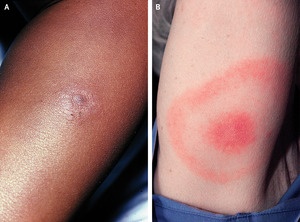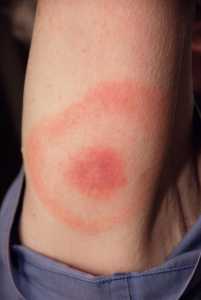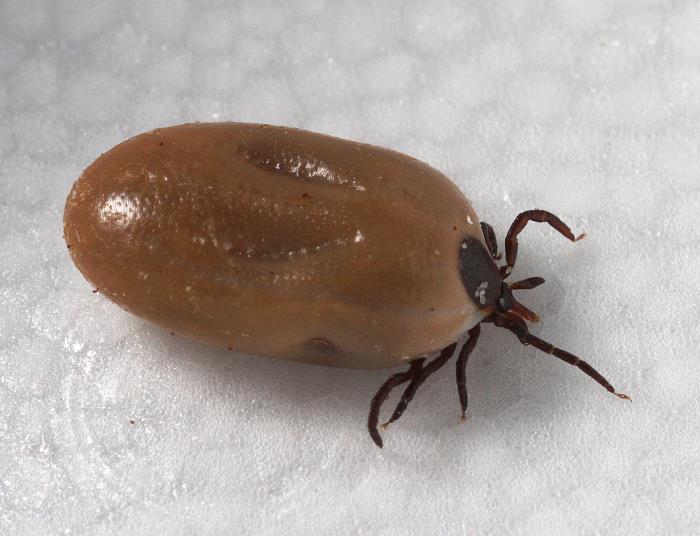Author Interviews, Lyme, Race/Ethnic Diversity, UCLA / 18.10.2021
Lyme Disease Diagnosed Later with More Complications in Black Patients
MedicalResearch.com Interview with:
Dan P. Ly M.D., Ph.D., M.P.P.
Division of General Internal Medicine and Health Services Research
David Geffen School of Medicine at UCLA
Los Angeles, CA
MedicalResearch.com: What is the background for this study?
Response: Lyme disease presents first on the skin with the classic “bull’s-eye” rash. But such rashes in Black patients aren’t well-represented in medical textbooks. This may lead to physicians not recognizing such rashes in Black patients.
As a result, Black patients are more likely to present with later complications of Lyme disease when first diagnosed such as neurologic complications. (more…)





